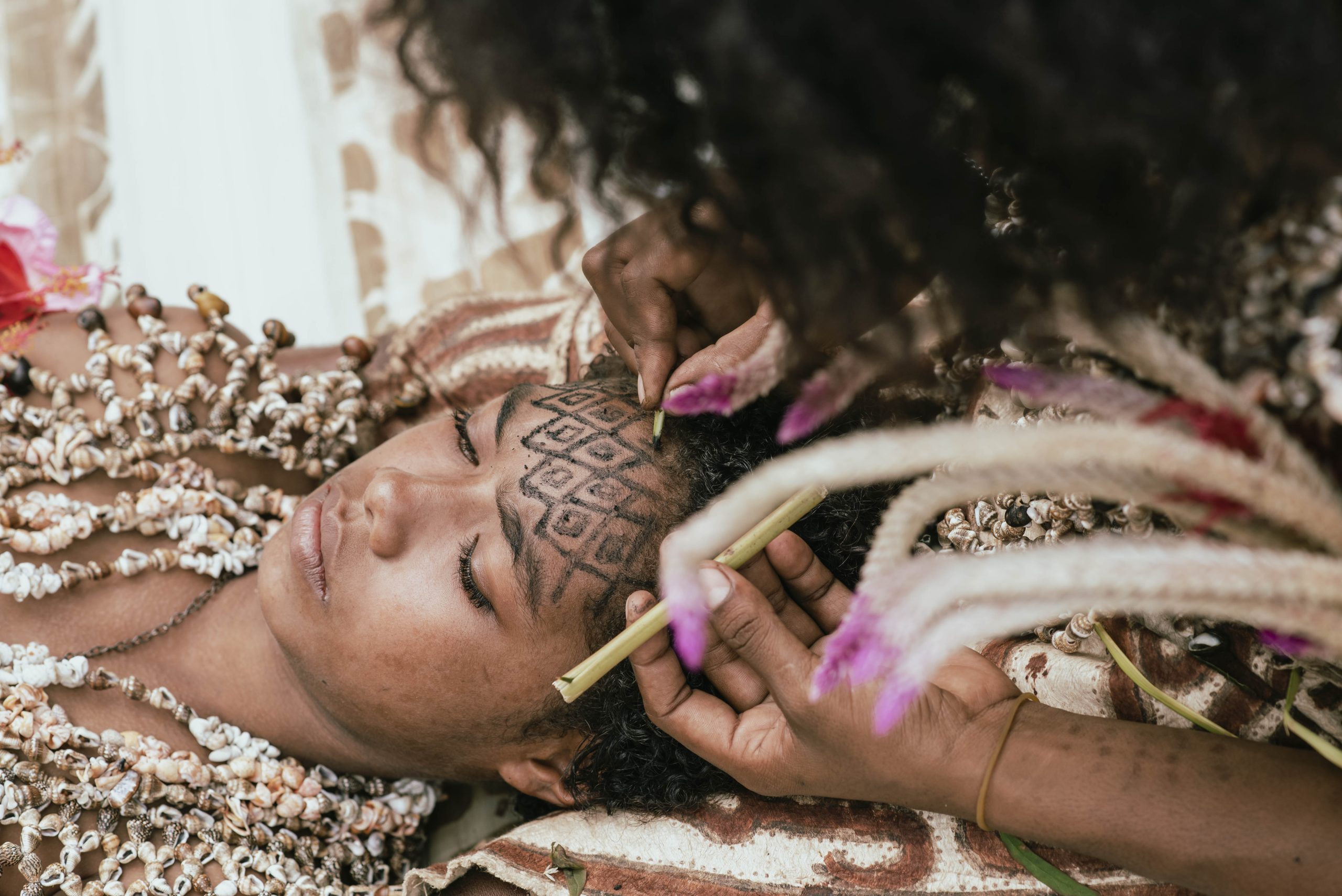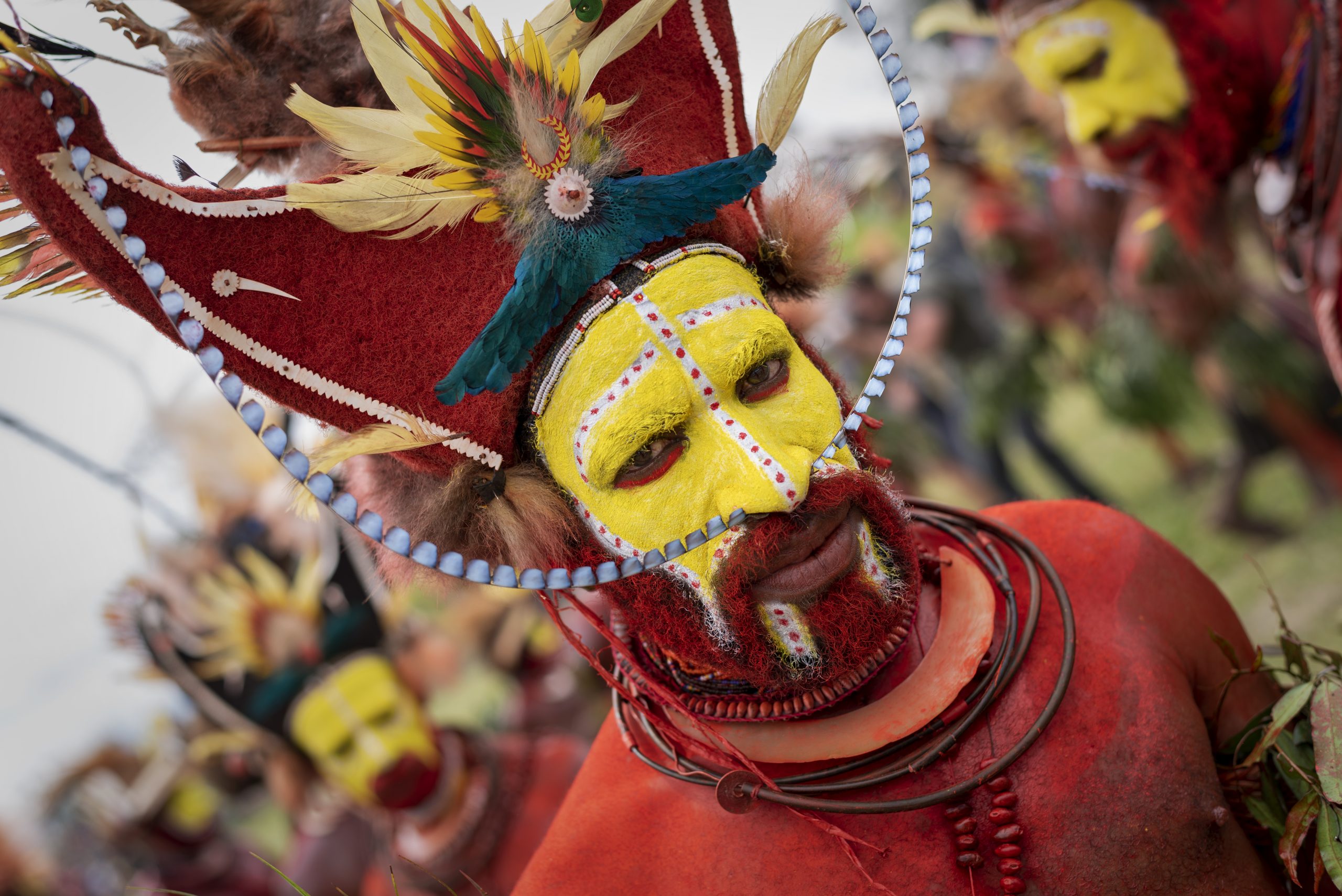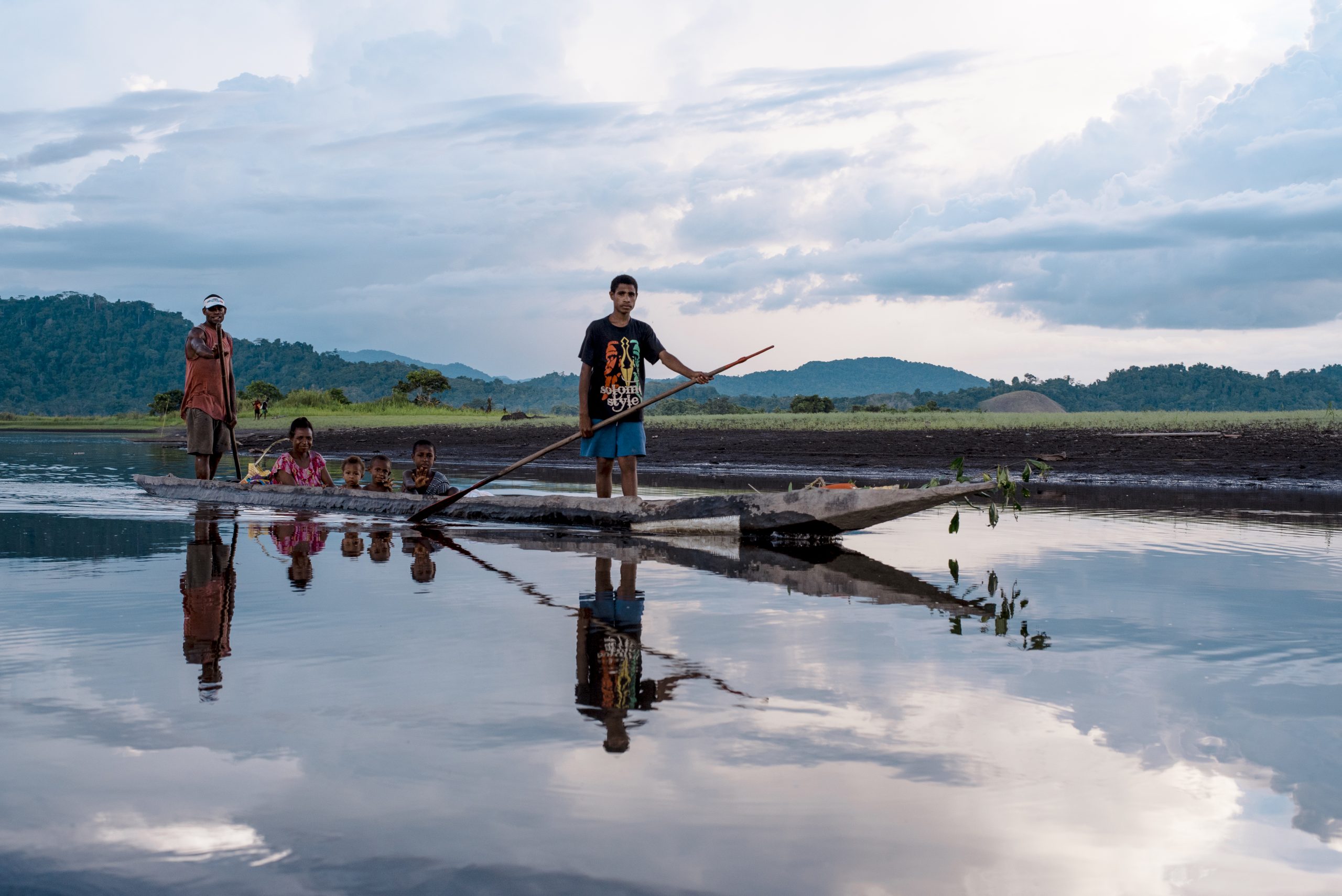Fun Facts of Papua New Guinea
More than 800 languages are spoken in PNG
Papua New Guinea is, with 850 languages, the most linguistically diverse country in the world.
The most popular language is Tok Pisin, an English-based creole with German-language elements. The country also has an official sign language.
1. PNG has about 5% of the world’s biodiversity
Papua New Guinea has 5% of the world’s biodiversity, even though it only covers 1% of Earth’s total land area. It has more than 20,000 plant species, 800 species of coral, 600 species of fish, and 750 species of birds.
2. It also has the third largest rainforest
The island of New Guinea is home to the third largest rainforest in the world, after the Amazon and the Congo. This rainforest covers almost 288,000 square kilometres of the island’s land mass from Papua New Guinea to West Papua in Indonesia.
3. There are about 1.000 cultural groups
It’s a fact that there are an estimated 1000 different cultural groups in Papua New Guinea, and because of the nation’s sheer diversity, they all have their own weaponry, costumes, music, architecture, and dance. Every single tribe has individual characteristics, dating back thousands of years.
4. They paid with seashells
Before 1933, the people of Papua New Guinea regard the shells as means to trade goods and services. The shells will undergo a tedious process of drying and sterilizing before they are hanged in strings.
5. The country features almost 600 airstrips
The island has incredible marine diversity, enchanting lagoons, undisturbed rainforests and pristine beaches. It is home to one of the most beautiful and natural landscapes in the world. But the mountainous terrain makes it difficult to travel, thus the government built 600 airstrips around the whole country.
6. The world’s only poisonous bird, the Pitohui, resides here
The animal world is full of venomous creatures but there is no such thing as a venomous bird. The closest to its description would be Papua New Guinea’s Pitohui. It is the only known poisonous bird in the world. Compounds of a deadly toxin called batrachotoxin can be found on its feathers and skin. These birds do not produce the toxin themselves, and for that reason, they are not categorized as venomous but poisonous. Experts believed that they acquired it through its diet of Choresine beetles. The poison can cause tingling and numbness for those who touch and eat the bird.
7. Sorcery related violence is still happening
Violence against women accused of sorcery is still prevalent in Papua New Guinea. ‘Witches’ may be accused of almost anything, from natural deaths to loss of land. According to Papua New Guinea authorities, women are six times more likely to be accused of sorcery than men are. Victims may be subjected to rape, inhumane treatment, torture, sexual assault, and even murder.
MY posts
A dream coming true, exploring the untamed jungles and meeting the colourful people of Papua New Guinea. One of our most memorable journey’s ever. But not long enough to see it all, thus reason enough to go back.
The most famous tribal show
Those beautiful people, the cheerful colors, the great headdresses. More than 800 languages and as many different tribes, each with their own culture. The reason I have dreamed of going to Papua New Guinea for years.After staying with the Huli Wigmen for a week, it...
Papua New Guinea: a negative travel advice
Rightly so! It's a dangerous country. If I have to believe the locals, thieves are everywhere. Especially in Port Moresby, Mount Hagen and the other major cities. Shutting windows and doors does not apply here in the event of a fire or flood, but in the case of a car...
The first white people in Polongo Village
A mud bath. In the Netherlands it costs money and in Papua New Guinea it is insurmountable. The trek to the middle of the jungle in the Hela province (Pilongo village) starts with an unplanned mud bath. On the way to Pilongo village We walk a few meters over the road...






